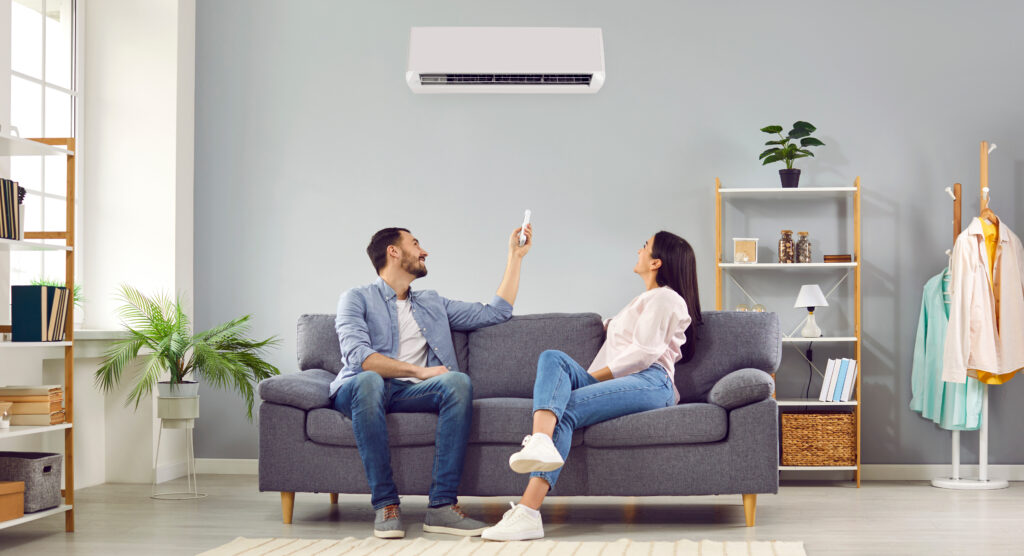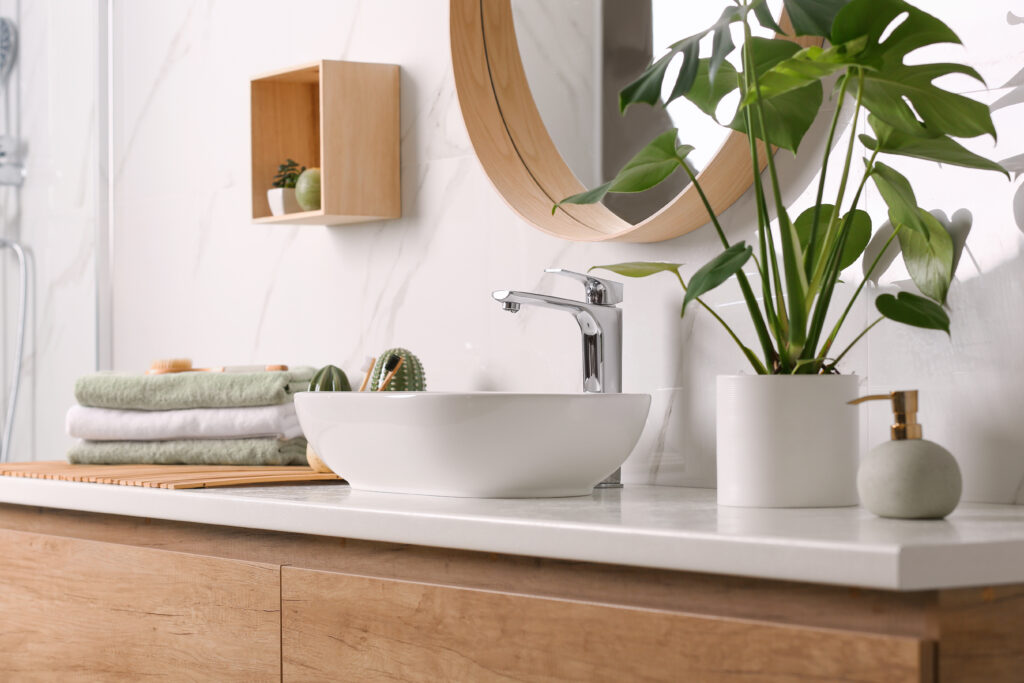What Homeowners Need to Know About HVAC Systems (And Why It Pays to Protect Them)
Okay, let’s talk HVAC. It’s one of those things we all rely on without really thinking about it—until it’s 98 degrees outside and your AC sounds like it’s coughing up its last breath. Your HVAC system (Heating, Ventilation, and Air Conditioning) is basically the lungs of your home. It keeps you warm in the winter, cool in the summer, and breathing clean(ish) air year-round. But how does it actually work? What should you know as a homeowner? And what does any of this have to do with extended appliance warranties or home warranties in general? Don’t worry, we’re walking through it step by step—without turning this into a mechanical engineering lecture.
Understanding Your HVAC System (No Degree Required)
First off, HVAC stands for heating, ventilation, and air conditioning. Simple acronyms, complicated machines. It’s not just one unit doing all the heavy lifting—your HVAC setup is made up of various components that might include a furnace, central air conditioner, heat pump, ductwork, thermostat, and, yep, sometimes even a humidifier or air purifier system thrown into the mix. These parts work together to control your indoor climate based on your preferred gosh-I-love-being-home temperature.
When everything’s chugging along like it should, these systems are incredibly efficient. Your heating system (typically gas or electric) warms the air, your cooling system removes heat and humidity, and all of it is distributed through ductwork with the help of fans and vents. Easy… in theory.
Heating Systems: The Warm Fuzzy Stuff
Most homes in the U.S. have either a furnace or a heat pump. Furnaces burn gas or use electricity to generate warm air that gets pushed through ducts. Heat pumps, on the other hand, pull heat from the outside air (yes, even when it’s cold) and move it into your home. Pretty wild. Some heat pumps even double as cooling units, which makes them stars in climates without crazy winter lows.
But here’s the kicker: all heating systems are prone to wear and tear. Igniters fail, motors seize up, and blower fans bite the dust. If your furnace goes out in mid-January, let’s just say sleeping in a hoodie isn’t gonna cut it. This is where maintaining and protecting your heating system—ideally through a home warranty—can save your (frozen) bacon.
Cooling Systems: Your Summer MVP
Central air conditioning systems are life savers, full stop. They work by pulling warm air from inside your home, pushing it over cold evaporator coils filled with refrigerant, and shooting the cooled air back through your vents. The heat that’s pulled from your home gets dumped outside thanks to your system’s condenser unit.
The problem? AC units are finicky. Coils can freeze, thermostats can glitch, and if the refrigerant leaks, your whole system might fizzle out. Professional repair can easily run over a thousand bucks. Quality home warranties with appliance coverage often include HVAC as a core add-on—because skipping AC repairs in August just isn’t an option.
Ventilation Systems: The Unsung Hero
Ventilation is kind of the backstage crew of the HVAC world. It includes ductwork, air filters, exhaust fans, and sometimes whole-home air purification systems. This is how stale, contaminated, or moist air gets booted from your house and replaced with fresher outdoor air. That clean sensation when you walk into a cool, breezy living room on a humid day? Thank your vents.
Unfortunately, ductwork can leak, filters clog up, and fans can grind themselves to a halt. Over time, this makes your entire HVAC system less efficient and more prone to breakdown. Preventing ventilation issues starts with routine maintenance… and, again, coverage that helps you avoid forking over your vacation fund when something goes bust.
The Main Advantages of a Reliable HVAC System
When it’s working, a good HVAC system gives you way more than temperature control. It’s a behind-the-scenes health and comfort asset. HVAC regulates indoor humidity, keeps mold at bay, filters dust, and improves air quality—especially important if you’ve got allergy-prone humans (or pets with shedding talents).
Plus, if you’ve got a modern system, many are compatible with smart thermostats that let you automate heating and cooling based on when you’re home or asleep. That kind of energy efficiency can save serious dollars over time. Oh, and by the way, a well-maintained system actually lasts longer. We’re talking 10 to 15 years, minimum, with proper care. Which, yes, brings us to…
The Common Drawbacks (AKA HVAC Drama You Don’t Want)
Let’s be real for a second. HVAC systems are amazing, but they’re also high maintenance, expensive to fix, and not immune to the occasional full-blown meltdown. Beyond the obvious I’m-sweating-through-my-shirt emergencies, issues tend to sneak up. Creeping energy bills, louder-than-normal machinery noises, weird smells—it’s not always crystal clear what’s going on until it suddenly is.
The problem is, most of us don’t budget for unexpected HVAC repairs or replacements. New systems can cost anywhere from $4,000 to upwards of ten grand depending on home size and system type. And even small repairs can wreck your month’s budget. That’s where an extended appliance warranty or full-service home warranty can make a huge difference.
Why You Should Consider a Home Warranty from Armadillo
If you’re reading this and thinking, “Great, something else in my house to stress about,” we hear you. That’s exactly why Armadillo exists. We offer straightforward, comprehensive home warranty plans designed to protect systems like your HVAC—and save your sanity. With Armadillo, you get fast service, fair pricing, and no-bull customer support that actually solves stuff.
Want to see what coverage looks like for your home? Start here at our homepage or jump straight into getting a customized quote using our super quick plan builder. Whether you’re dealing with a tired furnace, a clunky AC unit, or just doing the grown-up thing and planning ahead, Armadillo’s got your assets (and your HVAC) covered.


























